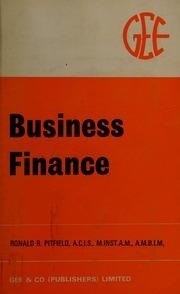
You are appraising a four-year project with sales equal to 100,000 per year and operating costs equal to 50,000 per year. It requires an initial investment in machinery of 80,000, and an initial investment in working capital of 10,000. No other investments are required during the life of the project. To operate the project, your firm will use a field currently owned by the company. The company is not planning to use this field for other projects, but can rent it out for four years for 10,000 per year. The machinery is depreciated to zero using the straight-line method over four years. The corporate tax rate is 30%. Taxes are paid in the same year as when the profits are made. The risk free rate of return and the expected return on the market portfolio are 5% and 10%, respectively. The company beta and project beta are, respectively, 1.5 and 1. The cost of capital is 10%. All cash flows occur at year end, except the initial investment which takes place today. 1. 2. 3. Calculate the free cash flows for each year of this project. What is the NPV of this project? What is the IRR for this project? Is it correct to use the IRR rule for project appraisal in this case? Why or why not? The company's CEO just told you that a small part of the field would be used for parking his luxury car for the next four years. The rest of the field can still be used for your project (generating the same sales and requiring the same inputs as above), but the company is no longer able to rent out the field. Does this information affect the free cash flows of the project? Explain. You are appraising a four-year project with sales equal to 100,000 per year and operating costs equal to 50,000 per year. It requires an initial investment in machinery of 80,000, and an initial investment in working capital of 10,000. No other investments are required during the life of the project. To operate the project, your firm will use a field currently owned by the company. The company is not planning to use this field for other projects, but can rent it out for four years for 10,000 per year. The machinery is depreciated to zero using the straight-line method over four years. The corporate tax rate is 30%. Taxes are paid in the same year as when the profits are made. The risk free rate of return and the expected return on the market portfolio are 5% and 10%, respectively. The company beta and project beta are, respectively, 1.5 and 1. The cost of capital is 10%. All cash flows occur at year end, except the initial investment which takes place today. 1. 2. 3. Calculate the free cash flows for each year of this project. What is the NPV of this project? What is the IRR for this project? Is it correct to use the IRR rule for project appraisal in this case? Why or why not? The company's CEO just told you that a small part of the field would be used for parking his luxury car for the next four years. The rest of the field can still be used for your project (generating the same sales and requiring the same inputs as above), but the company is no longer able to rent out the field. Does this information affect the free cash flows of the project? Explain







